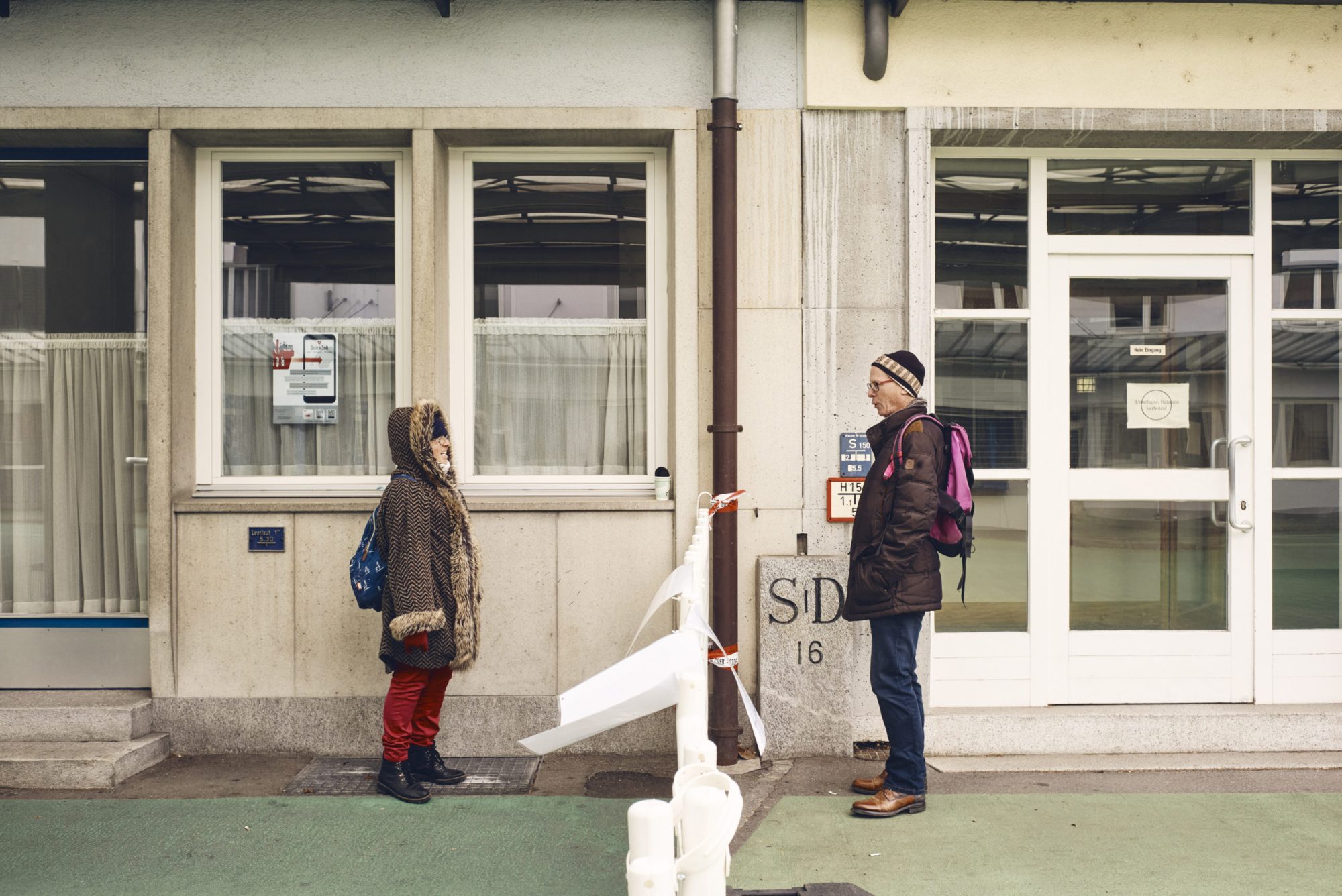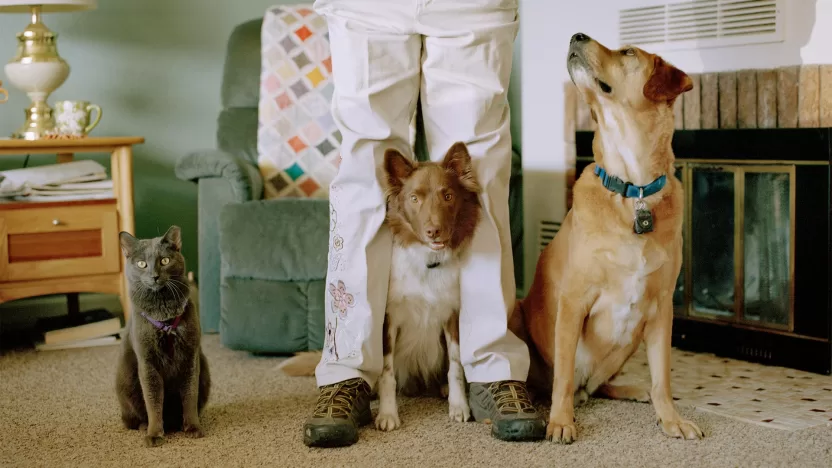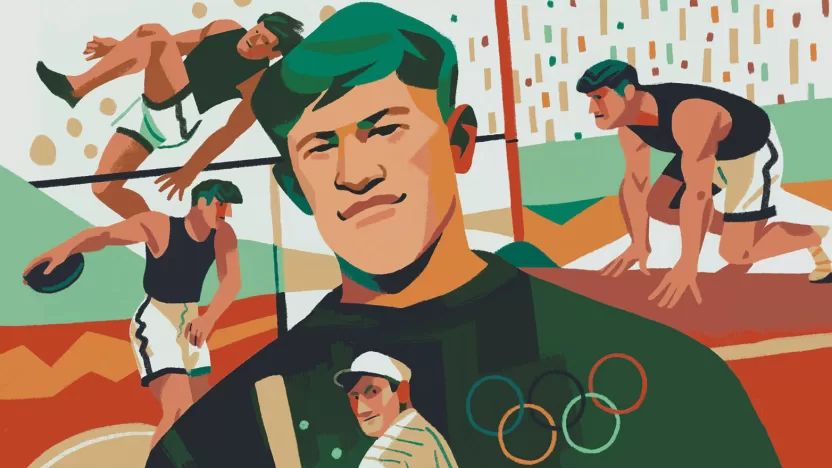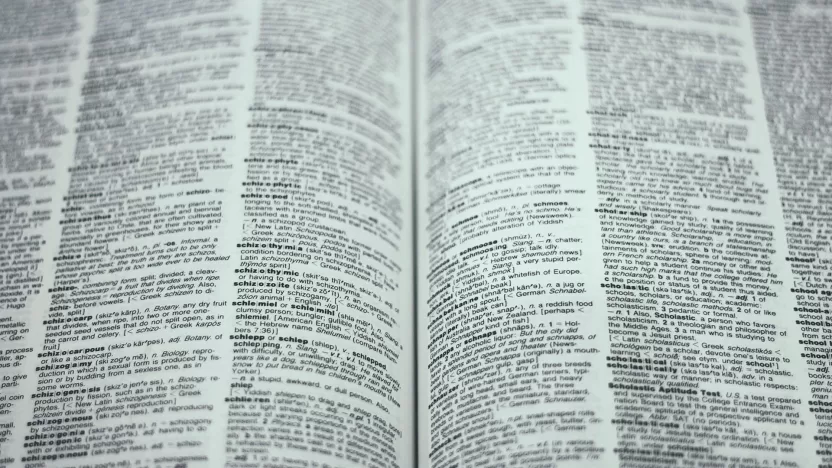Post-covid photography
How we have been forced to “re-see” the world to understand it again.
by Guido Van Nispen

The World Press Photo of the Year shot by Mads Nissen is a “rare positive photo about the COVID-19 era,” said the jury. The choice of awarding a photo that portrays the global pandemic was almost inevitable in a year in which news worldwide was dominated by the virus that has killed millions of people, including many in hard-hit Brazil, the location of the winning picture.
But this picture was not a “black swan”, it was not the only picture about the pandemic presented for the contest nor in daily news feeds.
Since early 2020 COVID-19 is the number one category in visual storytelling, and even when it is not the central theme of a picture, it will be a most likely part of it thereby defining the era and the impact it had.

What do these images tell us about the world we are living in?
COVID-19 is seriously challenging Albert Camus’ quote: “Since we will all die, it is obvious that when and how does not matter.”
The pandemic is, in contrast to Camus’ statement, all about preventing untimely and very unpleasant deaths globally, thereby equalizing people and creating a global reference frame. When and how we die has become part of the daily discourse of politicians, business leaders, religious clergy, and basically everyone else. This is the first time in a very long period that the same topic dictates the news agenda on a global scale for such an extended period.
Most people had never heard the words’ coronavirus’ and ‘COVID-19’ at the start of 2020. Now they are part of our daily vocabulary, from the youngest pupil to the most vulnerable pensioner. Not a day has passed without mentioning the words that go with the pandemic.
One of the bibles of the French language, Le Petit Larousse, includes a record number of new words, many of which have emerged from the coronavirus pandemic. Among the new entries there are Sars-CoV-2 and COVID-19 nouns, which take the feminine ‘la’ form, ‘asymptomatique’, ‘quatorzaine’, a 14-day quarantine period, ‘réa’ for reanimation or intensive care, and ‘télétravailler’, home working. Perhaps the less obvious is ‘coronapiste’, a cycle lane introduced during the Covid crisis.
It is not strange that when we need new words, we also require accompanying pictures to explain and visualize those words. The pandemic has upended how and where we work, travel, learn, worship, and socialize. It fostered community spirit and focused on close relatives and friends, but it also engendered resentment, blame, and conspiracy theories as it strained health systems and closed national borders. Research shows that peoples’ habits can fundamentally change in a period of 66 days (on average), from a spread between 18 and 254 days. A year into the pandemic means that the global population, by definition, has now changed its habits, and we landed at the ‘new normal’.
Bottom line: the COVD-19 images we see from all over the world engrain our ‘new normal’ to all of us. And as the pandemic and its collateral damage will be around for a long time around, there will be no return to the ‘old normal’ as many people seemed to believe in the beginning of the pandemic. A reshaping of society has taken place, also visually.
What are the characteristics of the COVID (and post-COVID) photography?
Reality does not exist, reality is in your head. When over a prolonged period vast amounts of pictures show you the ‘new normal’, your reality perspective will change.
Photographers have, of course, always been essential witnesses in all corners of the world, their images letting us take the measure of who we are. So what do we see, and what can we expect going forward?
COVID-19 and its collateral and after effects, will be here for a long time to come. That means that we will continue to see the visual impact of the pandemic; masks, social distancing, stressed frontline workers, empty offices, homes converted into multipurpose habitats, more devoid cities, less traffic, fewer events.
As the pandemic rages around the globe, citizens find new ways of socializing and supporting each other. From dance classes to church services, the screen took the central stage. Our TVs, computers and most of all mobile phones have become centerpieces of our world. Since the crisis, people are more digitally connected than ever. People still want to stay in contact with each other safely. This is often done via Zoom, FaceTime, WhatsApp, and social apps like Facebook, TikTok, and Instagram. This has a significant impact on creating and consuming photography and storytelling as the pictures will be tuned to the formats. For example, the effect of the photograph have a high impact on a small screen. People do not take the time to linger long to understand a picture as they did, for example, in printed media. Secondly, the sheer volume of visual input has exploded, creating ‘competition’ where only the instantly recognizable and impactful pictures ‘survive’.

Distance to the subject is redefined too. A photographer must be able to work “Corona-proof”. This has an enormous impact on the style and setting of photography. “If your pictures aren’t good enough, you’re not close enough,” Robert Capa, the iconic 20th-century news photographer, famously said. Will that closeness with a wide-angle lens needs to be replaced by something capable of capturing intimacy at a safe distance? And will we accept this with the same emotional connection? The jury is still out.
Groups are socially distant, and this will have an impact on how demonstrations and gatherings look like. COVID-19 proof demonstrations resemble 2007, when the inmates of Cebu Provincial Detention and Rehabilitation Center, a maximum security prison in the Philippines, imitated the zombie dance featured in the music video of Michael Jackson’s “Thriller”. All were dancing nicely distant from each other, creating a grid, just like the corona proof demonstrations of today. Of course, the ‘”anti-corona measures” demonstrators showcase the opposite and do not keep the required social distance at all. Freedom is also in the eye of the beholder and for some ready to fight and disobey rules for.
There is a global renewed interest in nature. With cities and urban societies hit hardest by the pandemic and confined people to small spaces, nature, wildlife, and the outdoors are gaining a lot of interest. Especially local outdoors are becoming increasingly popular as people need to spend their holidays and free time in their own countries.
The ‘business’ of news photography is changing. As societal activity levels have fallen dramatically (fewer sports, theatre, events, concerts, and travel) photography requirements and opportunities have fallen too. Many photographers struggle to make a living. And unfortunately it is not so that ‘penned-up demand’ will create a surge in opportunity once the corona measures will be relaxed. On top of this, the remuneration that news photographers can demand for their work was already on a sliding scale pre-pandemic.
Re-See the world!
We are witnessing ‘re-seeing’ our society as the pandemic has introduced new words, items, and structures in a flood wave of pictures illustrating the new normal for over a year. The enormous increase in digital screens and screen time, especially on the mobile phone, contributes heavily to the impact of re-seeing too.
If the world were understandable, there would be no art. (“Si le monde était clair, l’art ne serait pas.” – said Albert Camus). To make the world understandable again, we need visual storytelling, through pictures, more than ever. We need visual storytelling that shows more than the depression of the pandemic and shares stories and pictures of hope and connection. Connection between people, but also between people and nature around them.
Therefore, it should be a glorious time for visual storytelling as the seismic shift of the pandemic ruffles the feathers of artists and photographers all over the world. I cannot wait to see the entries of the coming photo competitions that cover this year. Let us all hope they show more than just masks, funerals, ventilators and social distancing but continue the positive and connecting imagery of Mads Nissen’s winning World Press Photo.


